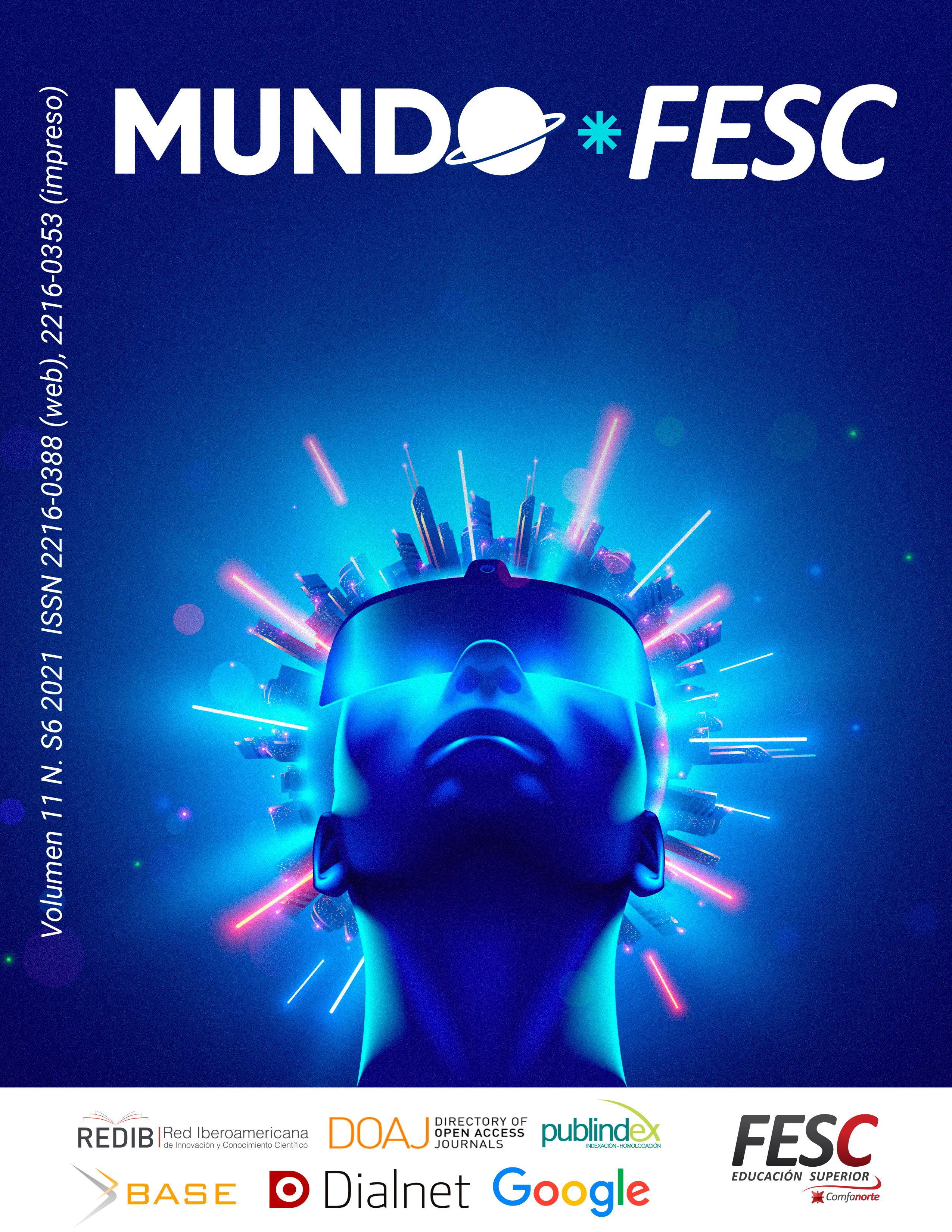Static human resources in liquid modernity
DOI:
https://doi.org/10.61799/2216-0388.1241Keywords:
human resources, liquid modernity, modern organizationsAbstract
Being agile is of paramount importance in a modern organization to stay in the market. Being flexible allows the organization to anticipate and respond to the opportunities and threats it may face, in the face of changes in the complexity of its environment. The new demands of society imply that resources adapt dizzyingly to the new realities, although it has been found that the management, administration and management of Human Resources are still being done, as in the days of Taylor and Fayol and have not evolved at the pace of other organizational areas. The research objective is to reflect on the evolution of administration and management of human resources in organizations given its importance and on the evolution and adaptation that a world that changes rapidly and that Bauman calls liquid modernity has had or may have. The main conclusions refer to the fact that Human Resources (HR) in organizations have become bureaucratic, dysfunctional, inflexible and not only does not contribute to the organization, but also generates tensions among the workers themselves. The HR administration ends up being hated by the staff, since it seems to always be on the side of the company and not on the side of the worker; they have the feeling that he takes advantage of any small failure to involve them in problems; Although the administration tries to approach and dialogue with the workers, they are not usually reliable; abusive behavior by bosses is often ignored; The head of human resources is paired with a specialist in the area who has very little idea of the company's missionary function and the activities carried out by the other members of the team. Sometimes decisions are made that confront employees with employers, instead of trying to reconcile and find solutions that favor all parties.
Downloads
References
M. Calzado. El análisis de las significaciones. Reflexiones y definiciones sobre la investigación en torno a los discursos sociales. En M. Canales (Ed.), Escucha de la escucha. Análisis e interpretación en la investi-gación cualitativa (pp. 231-246). Santiago: LOM Ediciones, 2014.
L. Garmendia, «Sociedad de la información y gestores de información,» Biblios, vol. 4, núm. 16, julio-diciembre. J, pp. 23-32, 2003.
I. Muhaiminula, M. Abdullah Alb, A. Saminab, A. Quaosar y A. Uddin, «Technology Adoption and Human Resource Management Practices: The Use of Artificial Intelligence for Recruitment in Bangladesh,» South Asian Journal of Human Resources, vol. 9, nº 2, pp. 324-349, 2021.
P. Anchal y R. Shikha, Transforming human resource functions with automation, New Dely: Igi Global, 2020.
S. Bauman, Modernidad Liquida, Fondo de Cultura. Económica: Buenos Aires Argentina, 2003.
M. Caldewell y P. Henry, «The continuing significance of social structure in liquid modernity,» Marketing Theory, vol. 20, nº 4, pp. 547-572, 2020.
C. B. Frey y M. A. Osborne, «The Future of Employment How?,» Technological Forecasting & Social Change, pp. 1-27, 2016.
O. Tolstyakova y N. Batyrova, «Strategic management of human resources in modern conditions: A case study,» Entrepreneurship and Sustainability Issues, pp. 370-381, 2020.
P. Capelli, «Why We Love to Hate HR...and What HR Can Do About It,» Harvard Business Review, pp. 54-64, 2015.
E. E. Lawler, «HR: From Criticism to Destruction,» Harvard Busines Review, pp. 20-45, 2015.
K. H. Hammonds, «Why we Hat RH,» Fast Company, pp. 40-47, 2005.
K. Townsend, K. Cafferkey, T. Dundon y S. Riaz, The hard problem: Human resource management and performance, New York: Handbook on HR Process Research, 2021.
G. Johonson y S. Kevan, Dirección estratégica, Madrid: Pearson Educación, 2001.
KPMG International Cooperative, «The future of HR 2019: In the Know or in the No. The gulf between action and inertia,» KPMG International, pp. 1-23, 2019.
A. Machado, «Work values hierarchies: What motivates workers,» Management Science, pp. 105-123, 2020.
J. Zhao, Collaborative convergence and virtual teamwork for organizational transformation, Toronto: University of Toronto, 2020.
V. Obedgiu, «Human resource management, historical perspectives, evolution and professional development,» Journal of Management Development, vol. 36, nº 8, pp. 986 - 990, 2017.
K. D., A. Mansurali y V. Harish, Innovations and Challenges in Human Resource Management for HR4.0, Coimbatore, India: PSG Institute of Management, 2020.
K. P. B. Penter, J. Wreford y G. Pervan, «Designing a Sourcing Ecosystem for Strategic Innovation Through “Big Data” Applications,» Lecture Notes in Business Information Processing, vol. 410, pp. 162-192, 2020.
Wharton University of Pensilvania, «Has Agile Management’s Moment Arrived?,» Wharton University of Pensilvania, Pensilvania, 2019.
A. Orejuela Duarte y M. Rojas C. , «Las Metodologías de Desarrollo Ágil como una Oportunidad para la Ingeniería del Software Educativo,» Revista Avances en Sistemas e Informática, pp. 152-172, 2008.
M. Díaz-Rosado y A. Castro-Villagrán, «Automatización de las EvaluacionesDiagnósticas a Gran Escala por Mediode la Metodología SCRUM,» PDF generado a partir de XML-JATS4R por RedalycProyecto académico sin fines de lucro, desarrollado bajo la iniciativa de acceso abiertoConciencia Tecnológica, pp. 30-56, 2018.
Manifesto for Agile HR Development, «Principles behind the Agile HR Manifesto,» 2019. [En línea]. Available: http://agilemanifesto.org/.
Management Solutions Making Things Happen., «De proyectos Agile, a organizaciones Agile,» Management Solutions, pp. 1-44, 2019.
Downloads
Published
How to Cite
Issue
Section
License

This work is licensed under a Creative Commons Attribution-NonCommercial 4.0 International License.




